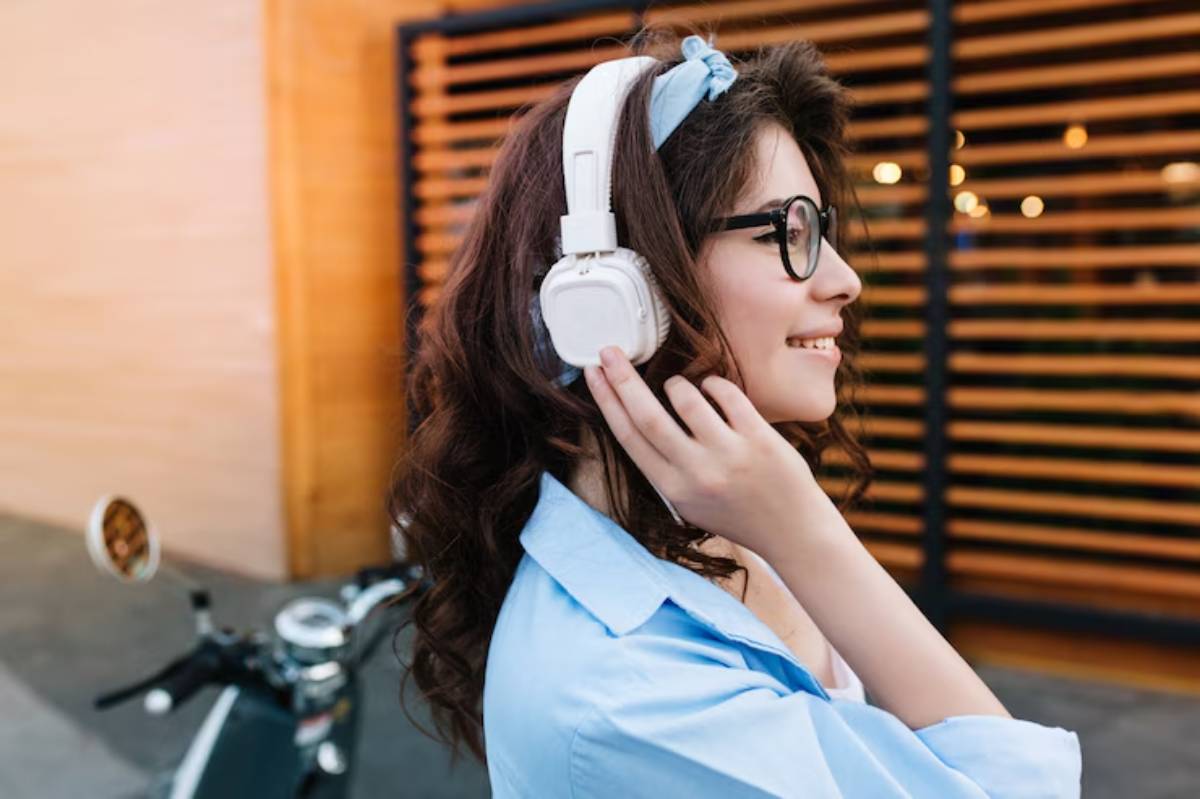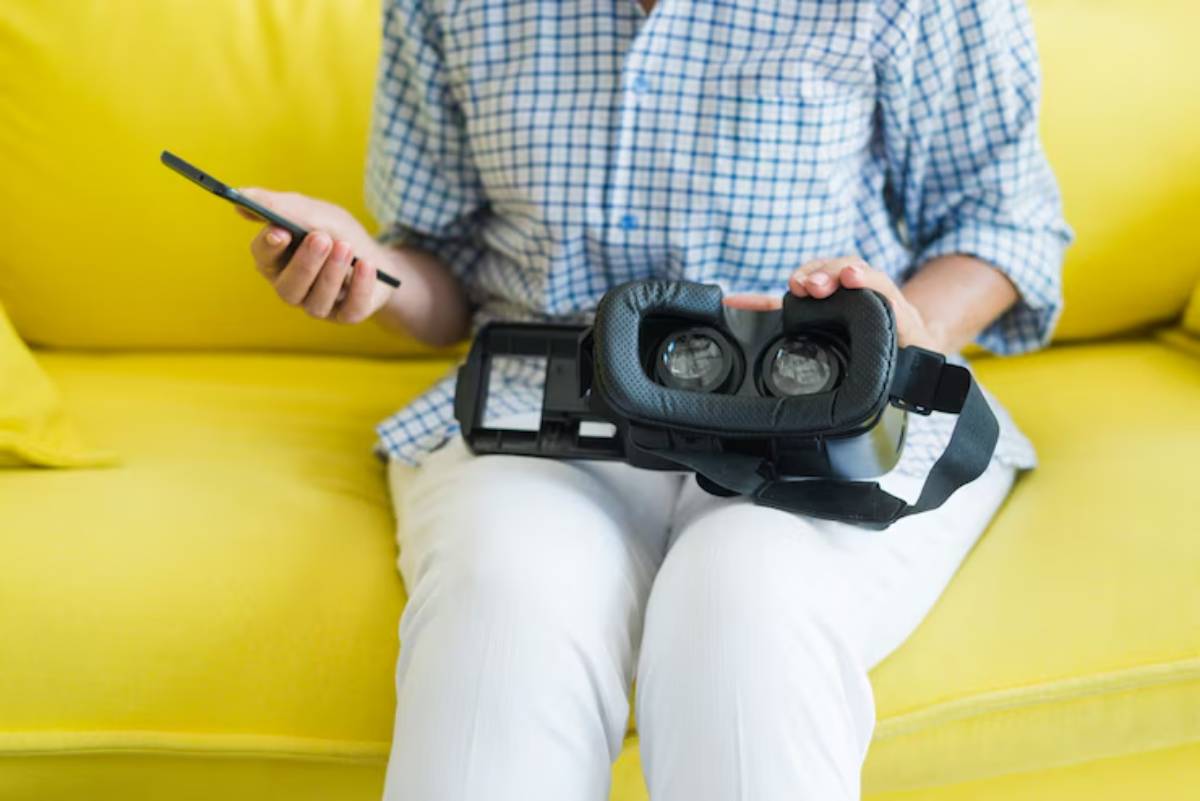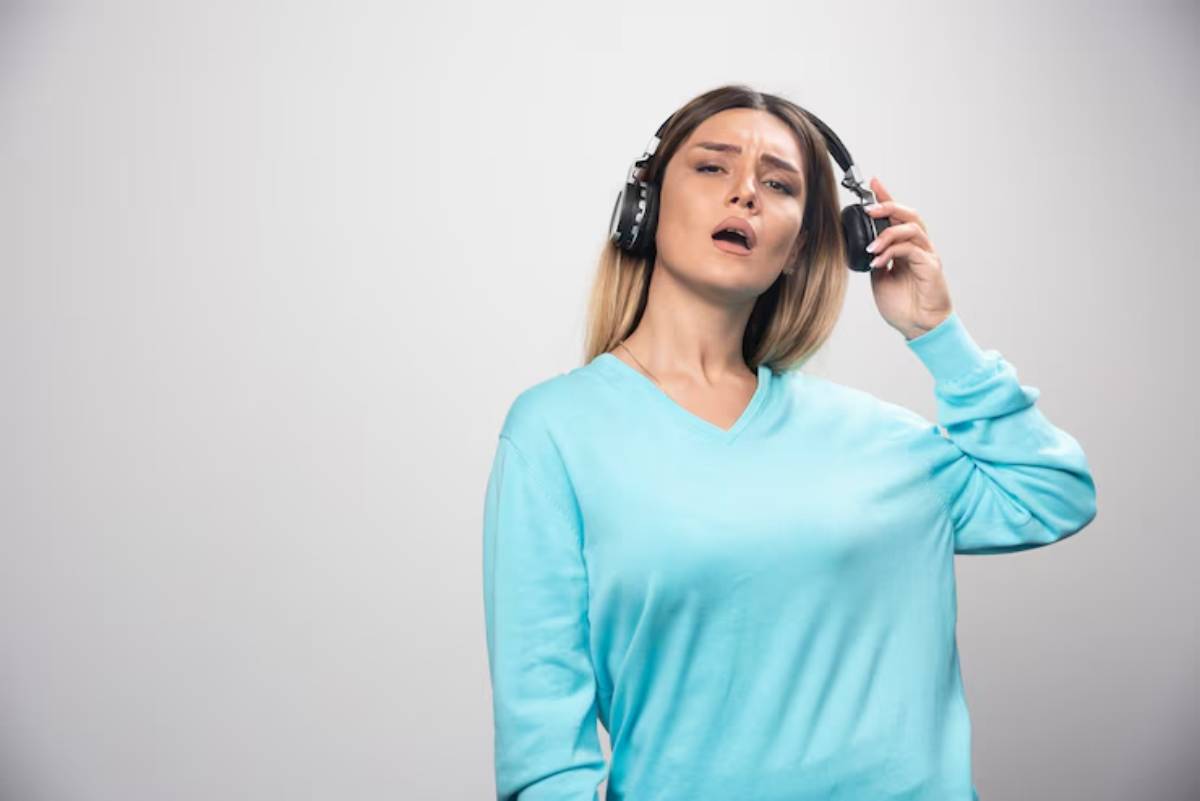
Headset Ventilation and Sweat Management
You’re halfway through a high-intensity VR fitness session, dripping sweat, and suddenly your lenses fog up, the padding feels like a sponge, and you’re forced to stop—not because you’re tired, but because your headset can’t keep up.
If you’ve ever cut a workout short due to overheating or lens fog, you know how critical ventilation and sweat management in VR really are.
As VR adoption surges across fitness, gaming, and even mindfulness spaces, users are demanding more than just performance—they want comfort. This guide dives deep into what makes a VR headset sweat-proof, the best face covers for exercise, and how to stay cool in VR without compromising immersion.
Why Sweat Management in VR Is Essential
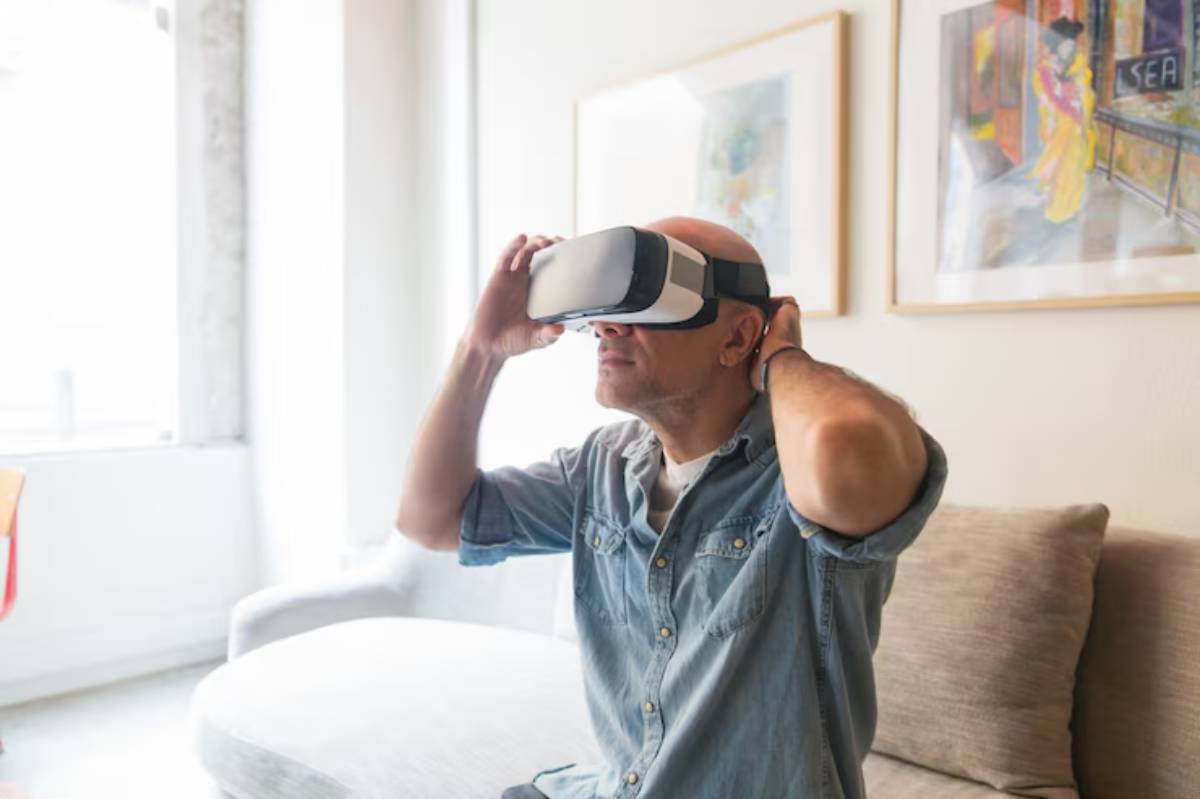
Unlike passive gaming, VR workouts are physical. Your heart rate rises, you move constantly, and your headset becomes part of your workout gear. But unlike your shoes or shorts, it’s not always built for sweat.
Poor Sweat Management Can Lead To:
- Lens fogging, reducing visibility mid-session
- Slippage, where the headset shifts or slides off
- Skin irritation, due to soaked foam padding
- Overheating, which breaks immersion and increases fatigue
- Hygiene issues, especially with shared headsets
The solution? A combination of good hardware design, clever accessories, and smart usage habits.
What Makes a VR Headset Sweat-Proof?
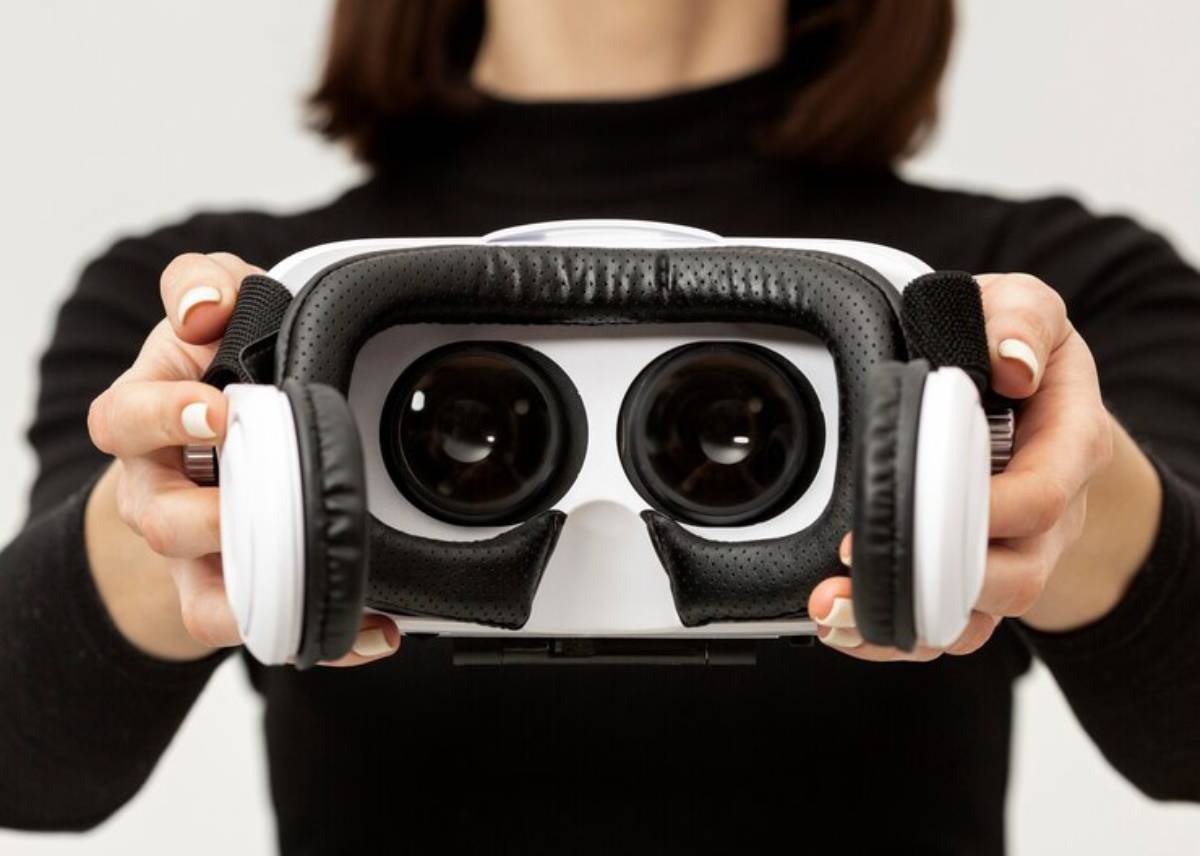
Sweat-proof doesn’t mean sweat-free. It means a headset is designed or modified to handle sweat without compromising performance or comfort.
Key Features to Look For
- Breathable face padding (PU leather, silicone, or mesh)
- Ventilation systems or passive airflow designs
- Easy-to-clean materials that resist absorption
- Secure fit straps to prevent slippage
- Lens spacing and anti-fog coatings
Now, let’s break down which headsets and accessories excel in these areas.
Headsets That Handle Heat Better
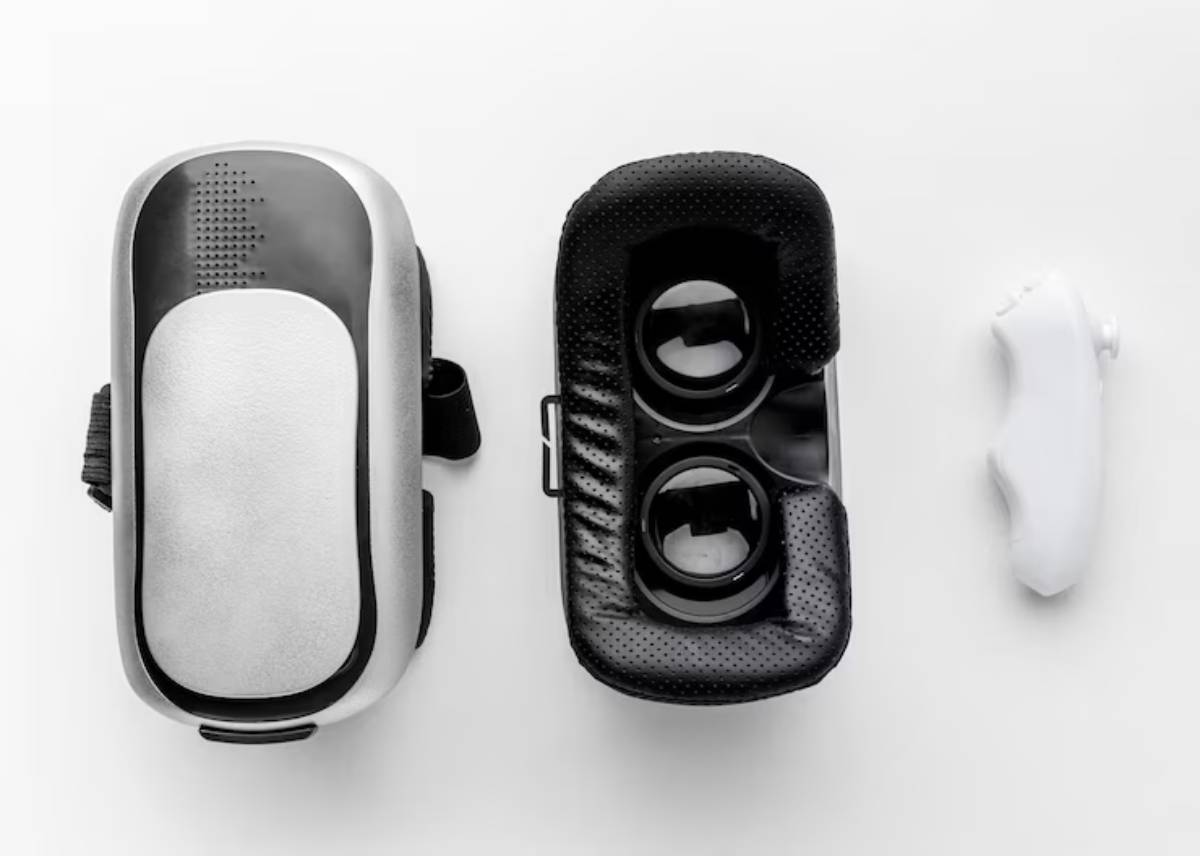
Here are the most ventilation-friendly and sweat-resistant VR headsets in 2025, especially for fitness or extended use.
Meta Quest 3
Best for: Wireless workouts with high mobility. Ventilation: Moderate – improved lens spacing reduces fo.g Sweat Management: Highly customisable
The Quest 3 is a performance and comfort upgrade from its predecessor. While it doesn’t have active ventilation, the pancake lens design creates more room for airflow, reducing internal heat. Third-party face covers and vented gaskets are widely available.
Pair it with:
- PU leather face pads
- Breathable halo or Elite straps
- Clip-on fan mods for airflow
Need additional comfort for high-intensity workouts? Try pairing it with one of the top VR controller grips and skins to keep your hands dry and your grip secure.
Pico 4
Best for: Balance and comfort during long sessions. Ventilation: Good – wide facial interface helps dissipate hea.t Sweat Management: Built-in counterweight improves airflow around face
The Pico 4 feels cooler thanks to its halo strap, which reduces contact with the face. While it lacks internal fans, the minimalist front pressure helps prevent overheating. PU leather pads are available and easy to swap post-session.
HTC Vive XR Elite
Best for: Modular design and custom airflow setups. Ventilation: Excellent (modular design with passive cooling). Sweat Management: Swappable battery and light facial contact
The XR Elite allows you to detach the rear battery and tether it externally, reducing internal heat. Its compact design leaves more space for air to circulate, and it’s well-suited for users who need long, daily MR sessions.
Meta Quest 2 (with accessories)
Best for: Budget users seeking sweat solutions. Ventilation: Poor without mods. Sweat Management: Great with proper accessories
The Quest 2’s standard foam absorbs sweat and fogs quickly. However, swap it with a PU or silicone face cover, and add a vented strap or cooling fan, and it becomes far more workout-ready.
Best paired with:
- Sweat-resistant facial interface
- Elite head strap with ventilation
- Clip-on lens fan or nose gap seal
Best VR Face Covers for Exercise
Swapping your face cover is the quickest and most effective way to improve sweat resistance.
Recommended Materials
- PU Leather:
- Wipeable, soft, sweat-resistant
- Great for hygiene and shared use
- Silicone:
- Non-absorbent and waterproof
- Best for intense cardio sessions
- Mesh Fabric + Foam (vented):
- Allows some breathability
- Needs more frequent washing
What to Avoid:
- The default foam padding, which absorbs sweat and smells
- Overly thick covers, which reduce ventilation
- Non-removable covers, which can’t be cleaned effectively
The Role of Airflow and Passive Cooling
While no mainstream headset (yet) includes built-in fans as a default, many offer passive airflow features that help heat escape.
Passive Cooling Designs
- Lens separation and pancake optics (as in Quest 3 and Pico 4)
- Nose vents and brow spacing
- Rear-mounted batteries, pulling heat away from the face
Optional Active Cooling Mods
Some third-party vendors offer:
- Clip-on fans (USB-powered or magnetic)
- Ventilation gaskets
- Sweatbands with built-in airflow channels
These aren’t gimmicks—they can drop headset surface temperature by several degrees in extended use.
Hygiene Considerations (Especially for Shared Headsets)
Fitness apps like FitXR, Thrill of the Fight, and Les Mills Bodycombat turn your headset into a wearable gym. Without proper hygiene, bacteria and odours can build up.
Stay Clean and Cool:
- Wipe down PU or silicone face covers after every use
- Use alcohol-free wipes for headset and controller surfaces
- Wash cloth straps and foam pads weekly
- Keep a small fan or dehumidifier near your play space
If kids or housemates also use your headset, it’s worth reading up on setting parental controls in VR devices to manage access and reduce cross-use issues.
Conclusion: Don’t Let Sweat Cut Your Sessions Short
VR should feel freeing, not frustrating. If you’re stepping into the virtual world to sweat, stretch, or sprint, make sure your headset is prepared for the challenge.
The right headset design, facial interface, and ventilation accessories can make all the difference, whether you’re in the middle of a boxing match or a guided meditation. Don’t wait until your lenses fog or your skin breaks out. Be proactive, upgrade your gear, and make your VR time as comfortable and effective as possible.
Which sweat-proof solution are you using? Drop a comment below and let us know how you keep cool in VR.

